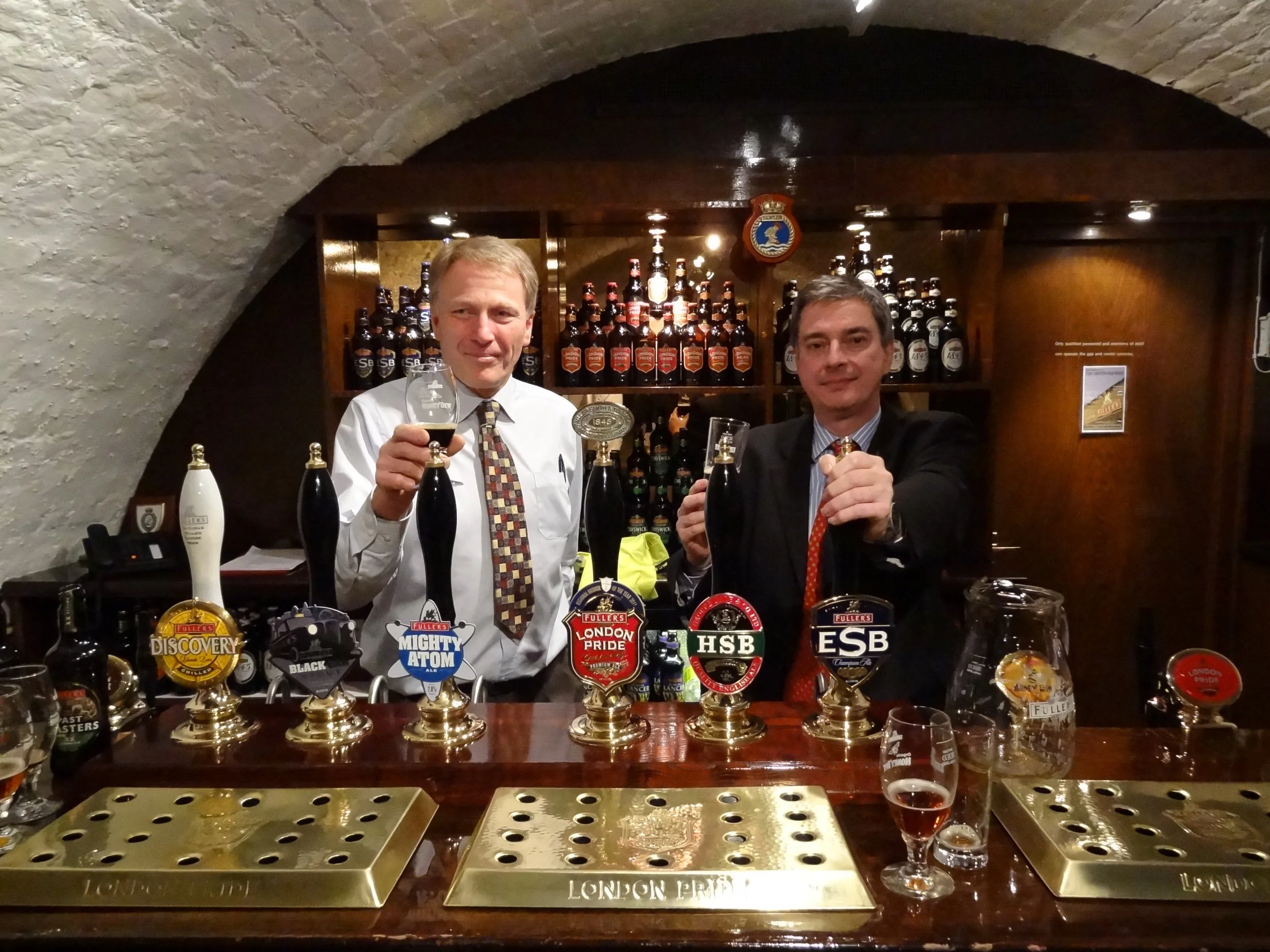
Brewer vignettes feature quotes I've picked up in my travels around the world. They are selected to reveal something essential about the personal philosophy or brewery in question.
“We have a secondary yeast that is right in the background called Debaryomyces hansenii, and after the brewery yeast is knackered and has completely given up, there’s a long lag phase and then that kicks in and goes through a secondary fermentation”
What, precisely, is a hopback, and is it identical to a whirlpool? For this explanation we turn to Miles Jenner, the longtime Harvey’s brewer, who describes how the vessel works and why it was once a mainstay among traditional British breweries.
The origins for the way John Kimmich makes hoppy ales were many, and as far away as San Diego and Portland. Yet when he canned Heady Topper, “everybody thought that I just blinked my eyes one night and made this beer.” His thoughts on hops and where his offspring have taken IPAs.
Today we hear from Alesong's Brian Coombs, who spoke to me about the brewery's experiments with wild fruit inoculations. It's a rare practice I wrote about in Craft Beer and Brewing.
After an inexplicable two-year hiatus, Brewer Vignettes are back. Today we feature Guinness’ Stephen Kilcullen, who was cagey about an unexpected part of the process: fermentation and maturation.
At Brouwerij t’Verzet, the young men may look like craft brewers, but they’re not interested in “innovation.” Here in West Flanders they plan a kind of restoration—making oud bruin, the regional specialty, a beer as broadly available as it was in the 1970s and ‘80s.
Americans developed techniques to make hoppy ales unprecedented in the thousand-year period of hop use. Maine Beer Company’s Dan Kleban offers an insightful look at how Americans “hop backward.”
Valter Loverier is an understated brewer from Marentino, Italy, in the rolling wine country of Piedmont. He is one of the most interesting brewers I've encountered in my travels, and was the first to introduce me to the idea of "inoculation via fruit" (he uses wine grapes, of course).
Jürgen Knöller was born in Bavaria, trained there as a brewer, and began his career there before relocating to Missoula, Montana to become the master brewer at the newly-founded Bayern Brewing--a company he bought in 1991. I interviewed him in 2013.
Peter Bouckaert is one of the most celebrated brewers in the world. He got his start at Rodenbach and then came to the US and New Belgium Brewing where he started the wild program. I interviewed him about that project in 2012; he has since gone on to found Purpose Brewing.
Frank Boon started learning the craft of lambic-making in the 1960s, and has become the leading maker of lambics in Belgium. I visited him at his brewery in Lembeek in 2011.
I visited Head Brewer John Bexon at Greene King in Bury St. Edmunds in 2011. He has since left the brewery, but it remains one of the most entertaining brewery visits I've made. He was a very entertaining and informative host.
Jason Kahler is the co-owner and brewer at tiny Solera Brewery in even tinier Parkdale, OR, which sits in the shadow of Mt. Hood. Jason has a special love and affinity for wild ales--truly wild--and he shared his philosophy with me.
I visited Sussex's Dark Star Brewing in 2011 and spoke with founder Paul Reed and then-brewer Mark Trantnor. This past week, Fuller's announced it had accquired Dark Star.
I spoke to Matt Brynildson a few years back to discuss pilsners. Firestone Walker's Pivo Pils was busy sparking a wave of craft pilsners--much as 805 is currently sparking a renaissance in goldens now.
"In Franconian vernacular when you limp and you dangle your arms, this dangling is called schlenken. So a schlenkerla is a diminutive or the nickname for a person who dangles, who walks like that—very much like a drunk person would walk."
I visited Belhaven in Dunbar, Scotland in 2011, at the tail end of George Howell's career there. Like all of the old-school British brewers, he was well-dressed and courtly. He had been head brewer--what the Brits call their brewmasters--for a decade and a half at that point.
“I was adamantly against it. When I went over to Belgium with a few other brewers two years ago, I was like, we gotta do this, we gotta brew these beers. [But] when I got back I thought: it’s too much work, it’s too risky, it’s too risky having all those microbes in the brewery.”
"So we speak of a beer with a low alcohol content, high bitterness, no residual sugar, so a refreshing beer. It was what we call in Belgium biere de saison, saison beer, brewed in the winter and drunk in the summer."
As brewers in the United States began developing their own approach to brewing hoppy ales, a few beers became watersheds in advancing the American palate. One of those is certainly Russian River's Pliny the Elder. I spoke with founder and brewer Vinnie Cilurzo about it back in 2012.
The brewer at Kout na Šumavě spoke not a word of English--that I heard. Back in 2014, we visited the brewery and Evan Rail translated what Mr. Hlavsa said. What started to emerge was one of the oddest processes I've encountered for making světlé pivo (what we call pilsner).
The Goschies planted their first crop of hops in the Willamette Valley in 1905. Today, grandaughter Gayle Goschie is one of the state's most visible and eloquent hop growers. Since we have just entered the hop harvest this is a perfect moment to listen to Gayle's words.
Van Havig first learned about Alfas when he was a teenager and read a story in Road and Track about the ten best cars under $5,000. “We are known as ‘Alfisti,’” he would later explain of the underground tribe devoted to Alfas.
Chestnuts are a big deal in Italy; a major crop, they find their way into dozens of recipes. Milled into flour and used something like wheat, they can be made into cakes. And, as Italian craft brewers soon discovered, beer.
"The big difference between spontaneous fermentation and mixed fermentation is with spontaneous you go with wort on wood and we go with young beer."
BridgePort came out with IPA in ’96 and people looked at that and basically said, ‘Hmm, nice, niche beer. But hop-led beers will never become dominant because who’s going to drink anything that hop-loaded, you know?’ Fifty BUs? My god, you have to practically choke that down. And now look at it.
I'm sure you can spontaneously ferment anything anywhere--it just might not taste very good. Our weather patterns here—if you look on a chart—to Brussels, the Brussels area. With the exception of the really cold winters and in the summer, a couple months hot. March through June and late-October through December, they’re identical weather at that time frame. That’s basically what we had to work with and we rolled the dice.
“Anyway, the women made beer on the stove at the time. It was so strong and sweet and very alcoholic so they kept in a little cask in the cellar. If they wanted some beer, they went down with the jug and tapped off some beer—it was flat. But they didn’t like cold beer. So they had to heat it up: they put the metal poker in the fire and it was glowing red, and when they put it in the thick beer (it didn’t have a name, it was called “thick beer”) with lots of sugars in it and the sugars instantly caramelized. It gave it a roasted, caramelized flavor.”
I had brewed a range of pale ales and when we were thinking about starting the brewery I wanted to do something that was not British, that was American, and wanted to feature American ingredients wherever possible and so chose the Cascade hop as about the only signature American aroma hop at the time. I blended a little bit of brewing technology and history from England with my homebrewing and some US ingredients and came up with pale ale.
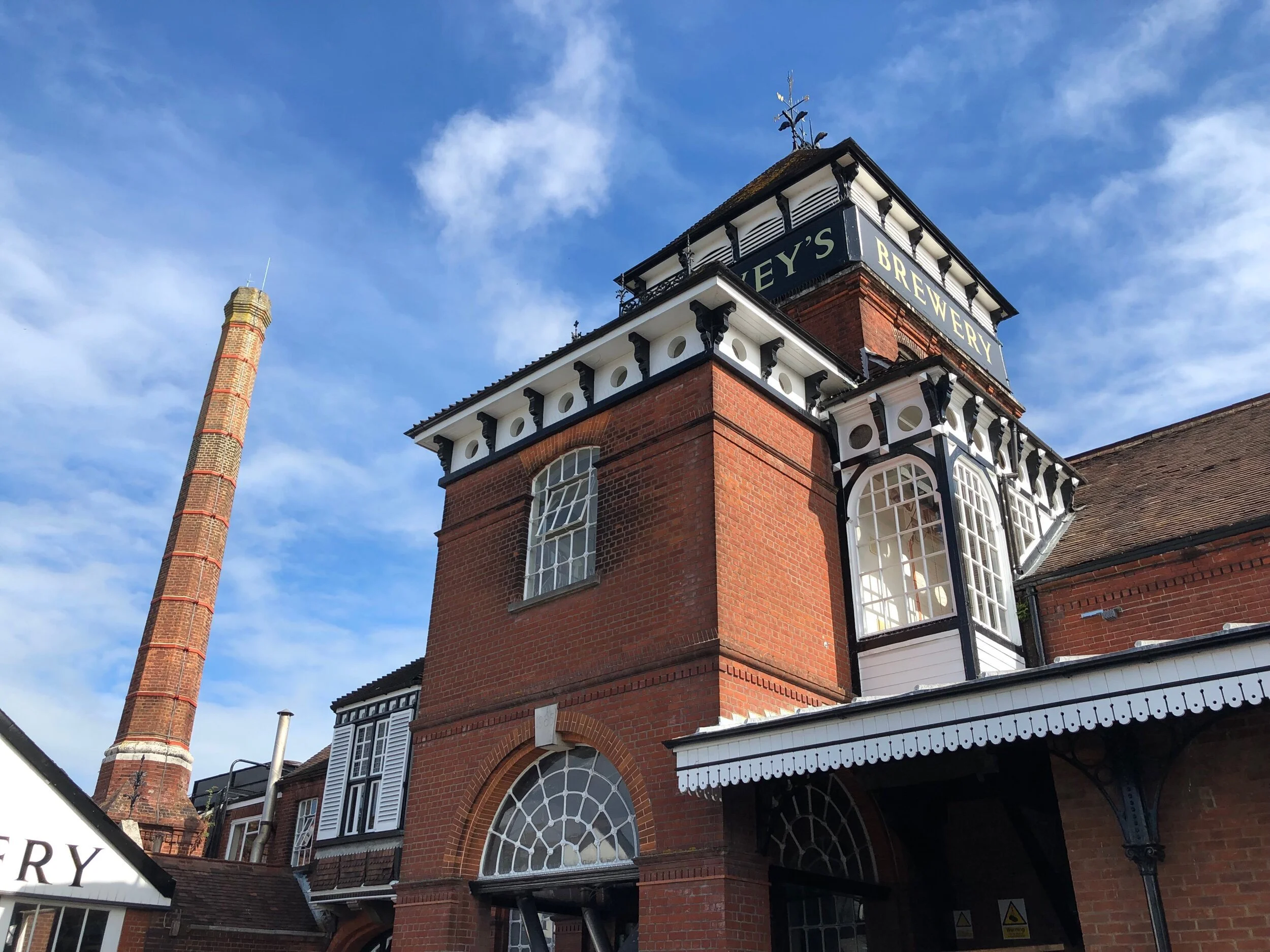
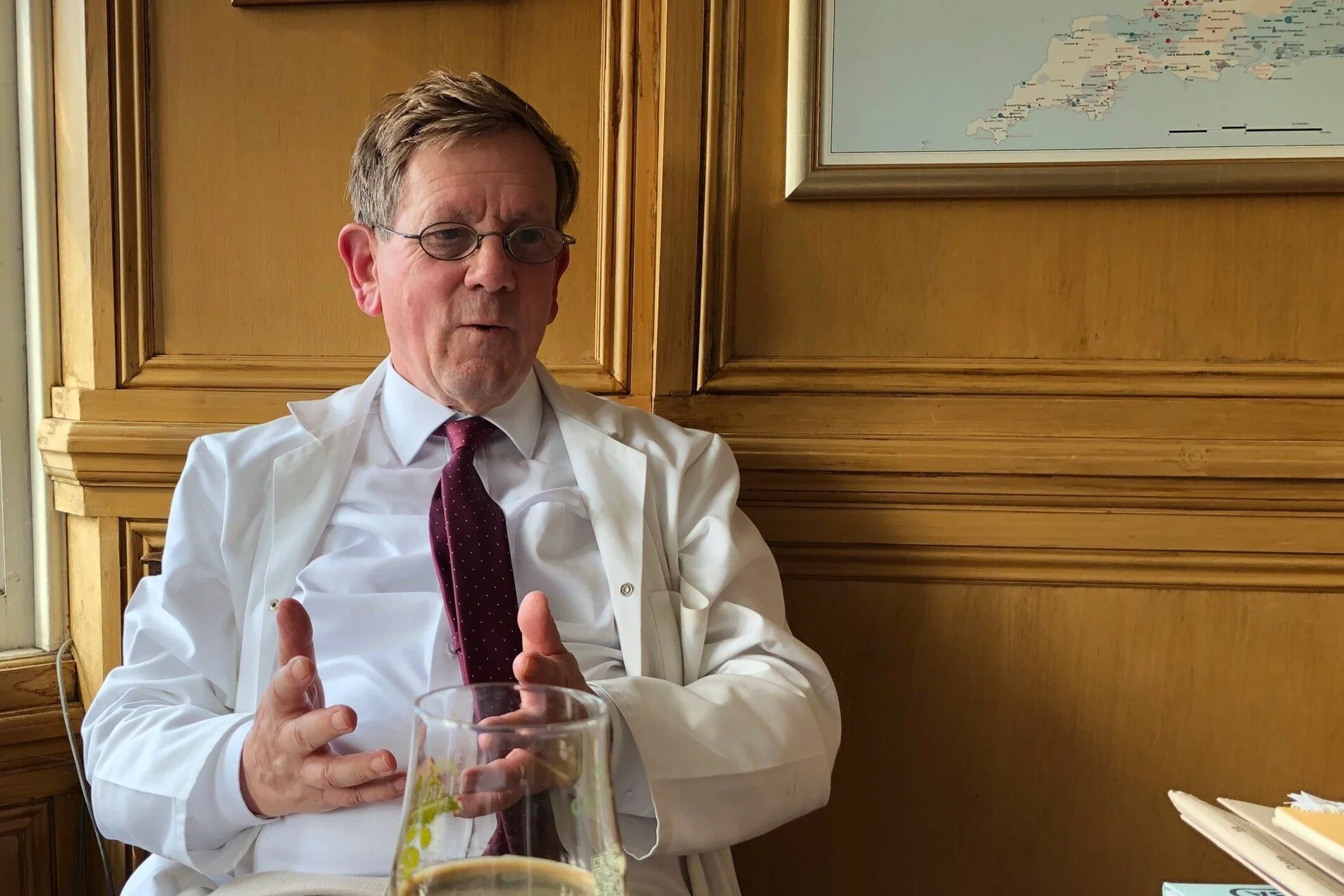
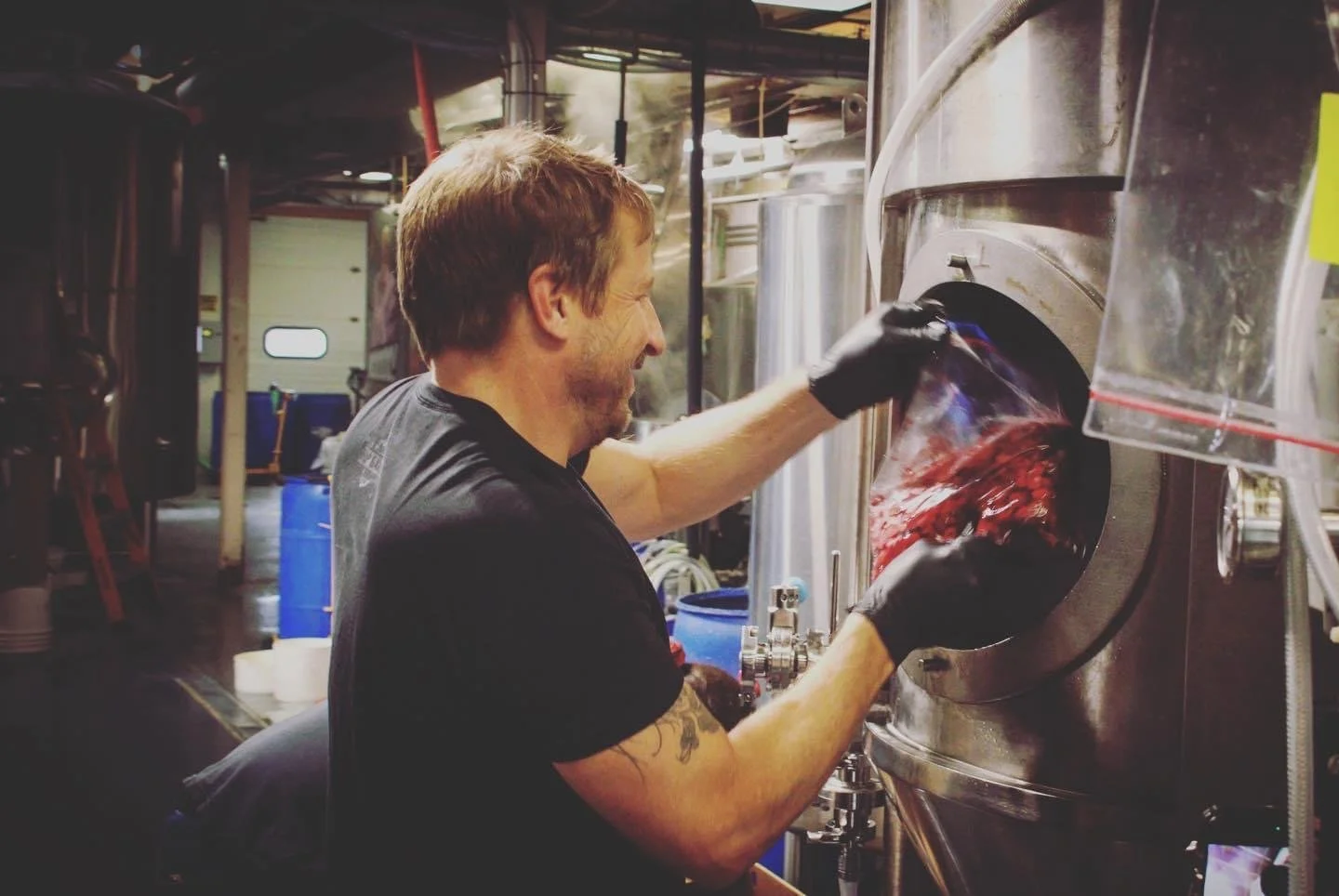


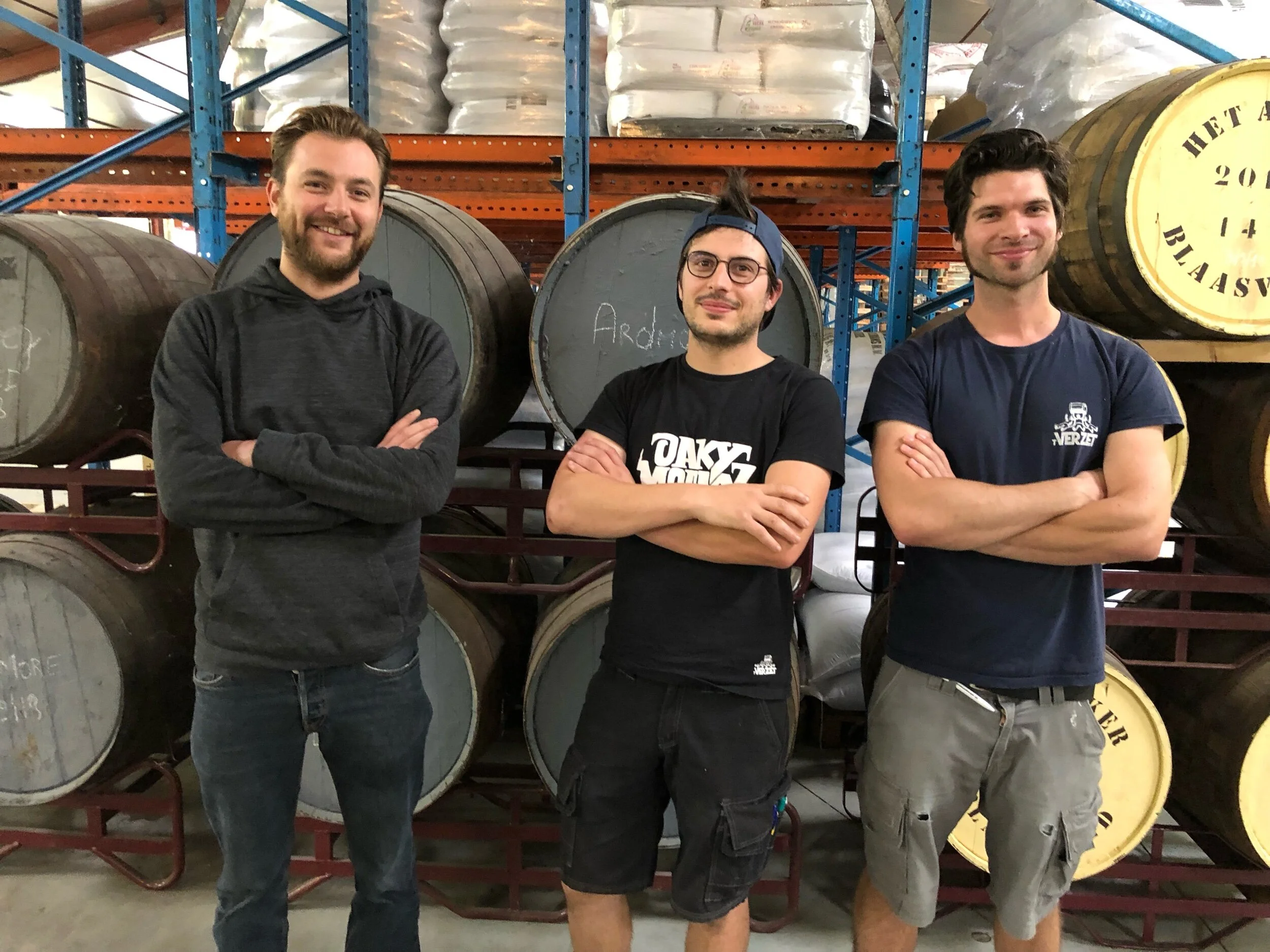









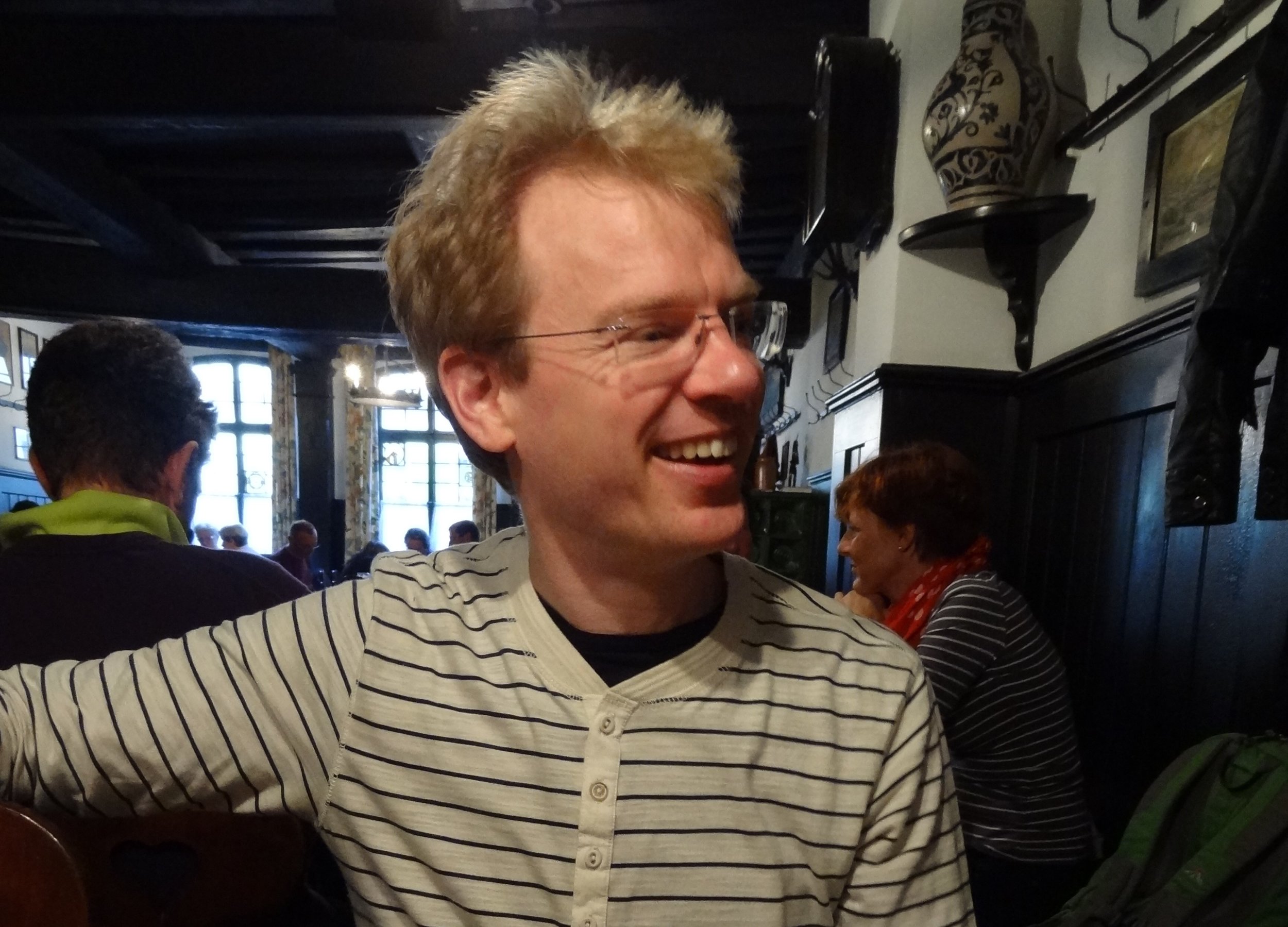






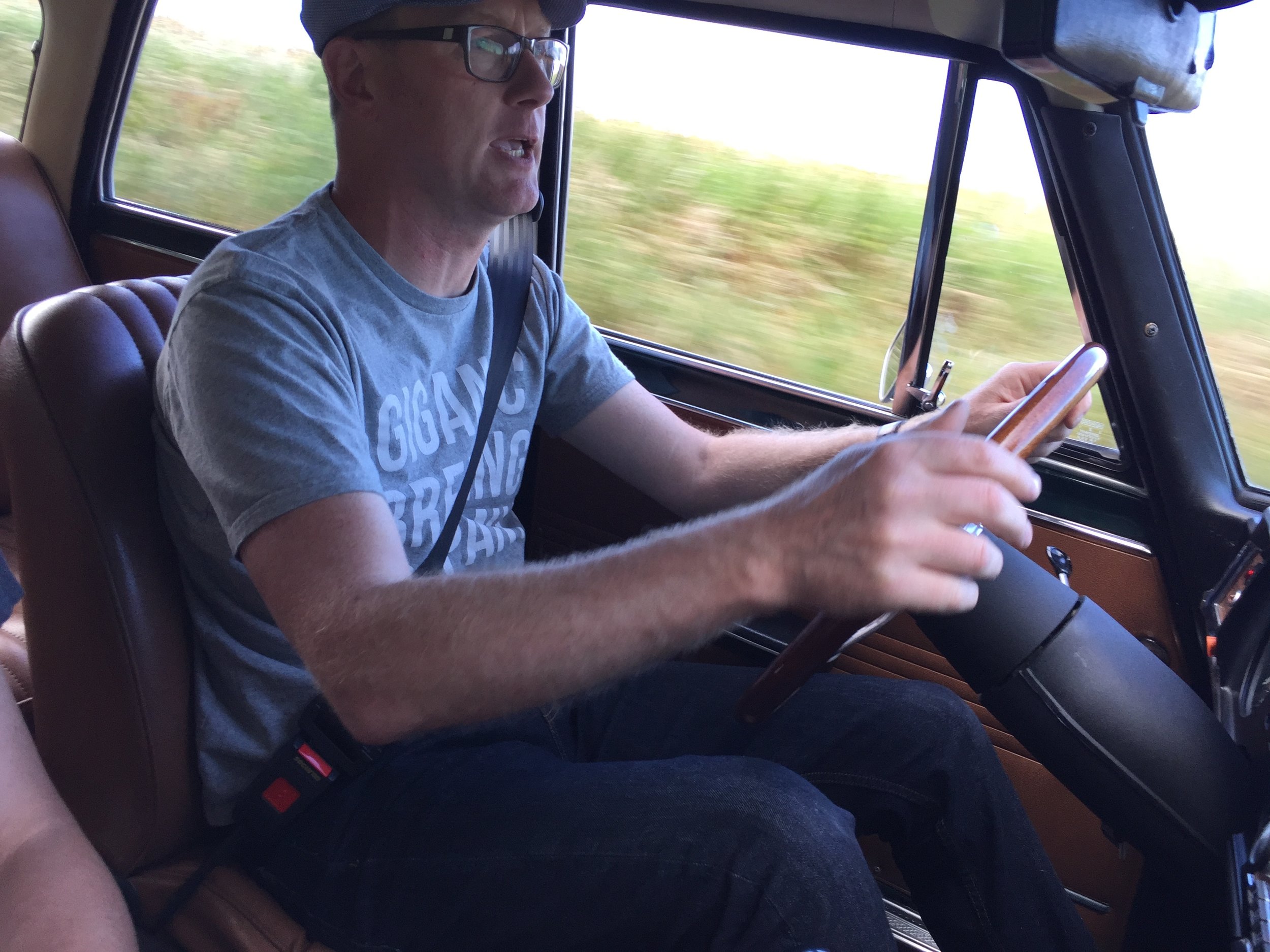






Ben Edmunds is the founding head brewer at Breakside and now oversees one of the best teams in the state. This vignette comes from an interview I did with Ben for *The Secrets of Master Brewers,* in which his techniques were featured on the chapter on American IPAs.